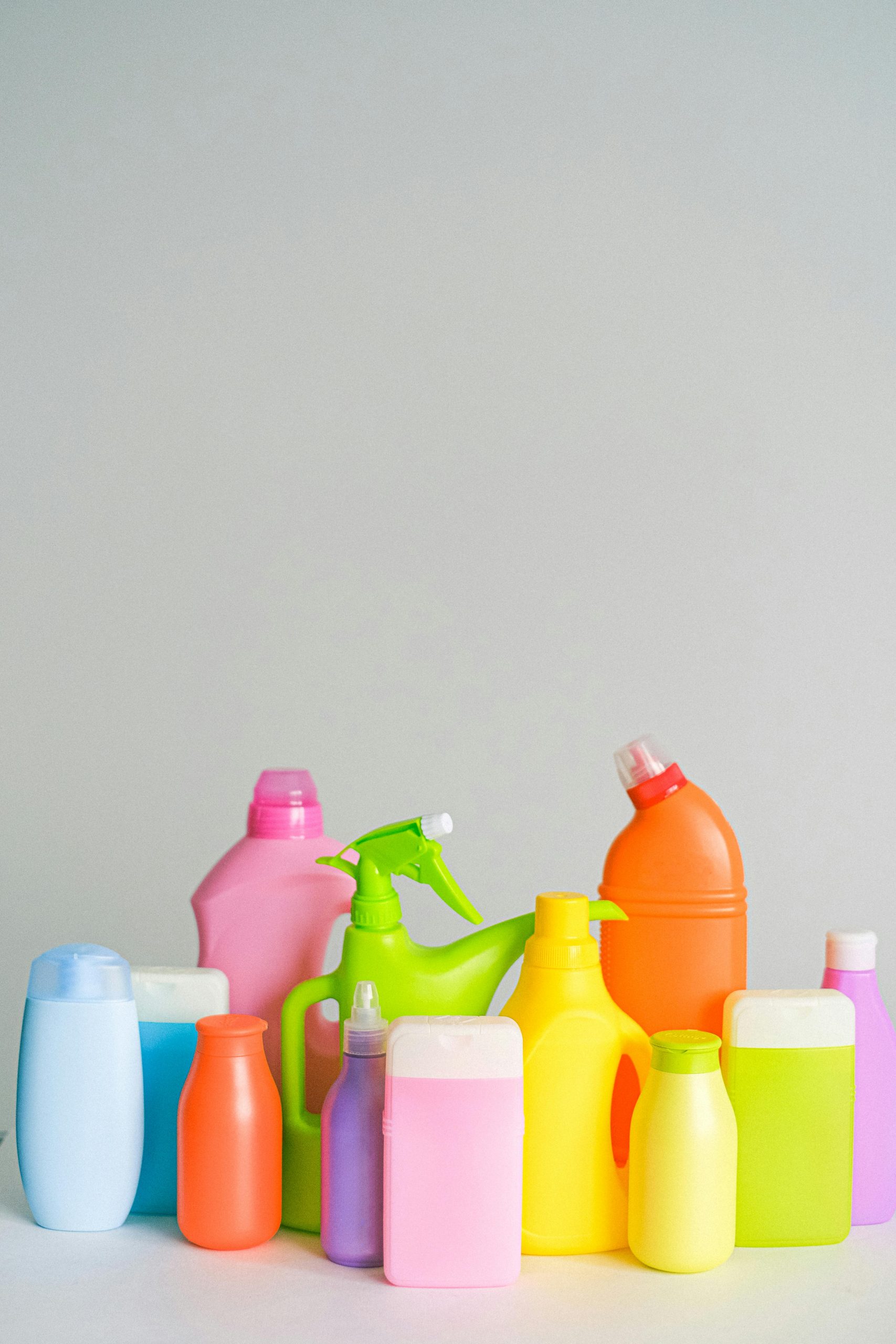Daily Iron Requirements: A Comprehensive Guide to Pet Supplements
Ever wondered why your furry friend seems a bit sluggish or less playful than usual? It could be linked to their Daily Iron Requirements. Just like humans, pets need the right balance of nutrients to thrive. And when it comes to iron, getting the dosage right is crucial. In this guide, we’ll break down everything you need to know about iron supplements for your pet, including how much they need, why it matters, and what happens if they get too little—or too much.
By the end of this article, you’ll have a clear understanding of:
- Why iron is essential for your pet’s health
- How to determine the correct dosage based on breed and size
- Tips for safely incorporating iron supplements into your pet’s diet
- Common mistakes to avoid when managing your pet’s iron intake
Key Takeaways
- Iron is vital for oxygen transport and energy production in pets.
- Daily Iron Requirements vary depending on species, age, and activity level.
- Over-supplementation can lead to toxicity, while under-supplementation may cause anemia.
- Consulting a vet ensures safe and effective use of iron supplements.
Why Iron Matters for Your Pet’s Health

Iron plays a starring role in your pet’s body by helping red blood cells carry oxygen from the lungs to tissues and organs. Without enough iron, your pet might experience fatigue, weakness, or even developmental issues if they’re still growing. On the flip side, too much iron can wreak havoc, leading to gastrointestinal upset or worse—organ damage.
Think of iron as the fuel that keeps your pet’s engine running smoothly. If you’ve ever felt drained after skipping meals, imagine how your four-legged companion feels without proper nutrition!
Signs Your Pet May Need More Iron
- Lethargy or lack of energy
- Pale gums or tongue
- Frequent infections or slow healing
- Loss of appetite
Understanding Daily Iron Requirements

So, how much iron does your pet actually need? The answer depends on several factors:
- Species: Dogs and cats have different dietary needs. For example, adult dogs typically require 80-120 mg of iron per kilogram of dry food, whereas cats need slightly less.
- Age: Puppies and kittens often need more iron during growth spurts compared to senior pets.
- Size: Larger breeds generally require higher overall amounts but lower concentrations per pound of body weight.
To make things easier, here’s a quick cheat sheet:
| Pet Type | Recommended Daily Iron Intake (mg) |
|---|---|
| Small Dog (<10 lbs) | 5-10 mg |
| Medium Dog (10-50 lbs) | 10-20 mg |
| Large Dog (>50 lbs) | 20-30 mg |
| Cat | 5-10 mg |
Tips for Safely Adding Iron Supplements

If you decide to add iron supplements to your pet’s routine, follow these tips to ensure safety:
- Start Slow: Gradually introduce supplements to prevent digestive upset.
- Follow Vet Advice: Never guess the dosage; consult a professional first.
- Pair with Vitamin C: This vitamin enhances iron absorption, making it more effective.
- Monitor Symptoms: Watch for signs of improvement or adverse reactions.
What Happens If You Get It Wrong?
Too little iron can lead to anemia, characterized by symptoms like pale gums, weakness, and rapid breathing. Too much iron, however, can cause vomiting, diarrhea, and liver failure. Yikes! That’s why precision is key.
Real-Life Success Stories

Meet Max, a Golden Retriever who struggled with lethargy until his owner discovered he was low on iron. After consulting a vet and adjusting his diet, Max bounced back to his energetic self within weeks. Stories like Max’s remind us that small changes can make a big difference.
FAQs About Pet Iron Supplements
Q: Can I give my pet human iron supplements?
Absolutely not! Human supplements are formulated differently and can harm your pet. Always opt for pet-specific products.
Q: How do I know if my pet has an iron deficiency?
Look for signs like pale gums, fatigue, and poor coat condition. A vet can confirm through blood tests.
Q: Are there natural sources of iron for pets?
Yes! Foods like lean meats, spinach, and pumpkin seeds are great options. However, always check with your vet before introducing new foods.
Conclusion
Managing your pet’s Daily Iron Requirements doesn’t have to feel overwhelming. With the right knowledge and guidance, you can keep your furry friend healthy and full of life. Remember, every pet is unique, so tailor your approach accordingly—and don’t hesitate to reach out to a vet if you’re unsure.
Ready to take the next step? Start by evaluating your pet’s current diet and consider scheduling a check-up to discuss supplementation options. Your pet will thank you!
{
“meta_title”: “Daily Iron Requirements for Pets: The Ultimate Guide to Safe Supplementation”,
“meta_description”: “Learn about your pet’s Daily Iron Requirements and how to safely incorporate iron supplements into their diet for optimal health.”,
“permalink”: “daily-iron-requirements-for-pets”
}